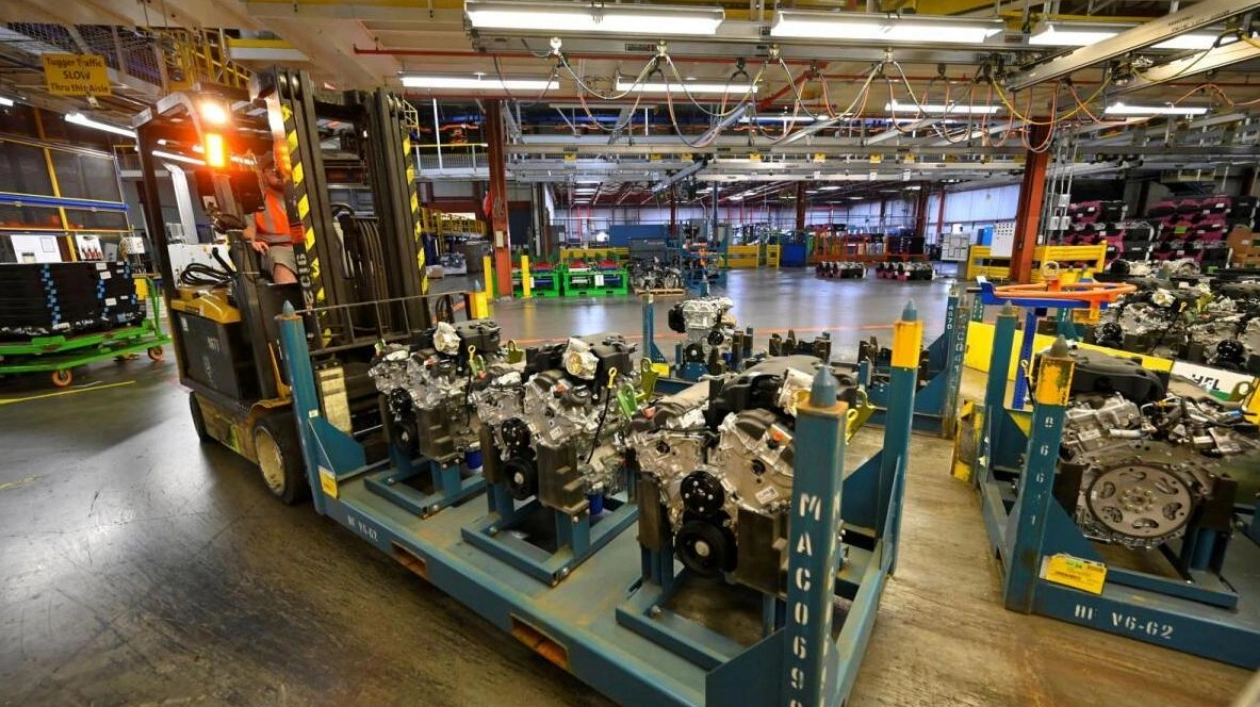General Motors plans to reassure investors next Tuesday that there is no cause for alarm regarding the slowing demand for electric vehicles, and the US automaker could even boost its profits by 2025, according to two sources familiar with the strategy. The tone at the company’s investor day will be markedly different from the ambitious vision GM CEO Mary Barra presented in 2021, which included doubling revenue to around $280 billion by 2030, driven by its autonomous unit Cruise and anticipated EV sales growth. Investors are concerned about automakers’ profitability as they grapple with substantial losses on EVs, worries about stagnating sales of gas-engine vehicles, and increasing competition from Chinese automakers like BYD.
The slower-than-expected transition to EVs has led many automakers to revise their plans, and GM’s message on Tuesday is expected to shift focus from aggressive growth to stability. “I’m not going to reveal what we’ll discuss at investor day, but if you consider our strong third-quarter performance, it sets a positive tone for the event,” said Rory Harvey, GM’s president of global markets, referring to the company’s third-quarter sales.
However, executives at GM’s Spring Hill, Tennessee, operations will stress that profit margins from internal-combustion engine (ICE) vehicles have not peaked and that EV profits are closer than investors believe, according to the two sources who requested anonymity. GM will highlight the launch of eight refreshed SUV models, including the Chevrolet Equinox, Buick Enclave, and Cadillac Escalade, by the end of 2025 as evidence that ICE profit margins can still improve.
GM will not increase its stock buyback or dividend during the meeting but will lower its cash on hand target from $18 billion to $20 billion by $2 billion. This move is intended to signal the company’s commitment to its $6 billion stock buyback program. Investors are increasingly uneasy about the broader US auto market, causing GM’s stock to drop despite positive earnings reports and raised guidance. They seek assurances that EV investments will not result in endless losses.
“Shareholders generally want the company to be cautious about the level of capital and R&D investment in technologies without a proven business model,” said Tim Piechowski, portfolio manager at ACR Alpine Capital Research, a GM investor. Morgan Stanley analyst Adam Jonas recently downgraded GM and Ford’s stock, citing rising US inventories, affordability issues, and the competitive threat from China.
For GM, China and Cruise, once strengths, have become areas of concern for investors. Cruise faced controversy last year after a pedestrian was dragged by one of its robotaxis in San Francisco. Since the October accident, GM has halted autonomous vehicle use and is gradually resuming operations with a small fleet of human-driven vehicles in some parts of the US. Barra has stated that GM’s operations in China, previously a profit driver, are “unsustainable” without restructuring, leading to a $104 billion loss in the region during the second quarter.
Investors are also keen to learn how GM plans to reduce costs for its EVs as it competes with EV giant Tesla and Chinese rivals. Last month, GM and Hyundai indicated a potential collaboration, signing a non-binding memorandum of understanding to explore ways to “leverage their complementary scale and strengths to reduce costs and bring a wider range of vehicles and technologies to customers faster.” GM’s Ultium Cells battery technology will be a focal point at the investor event, which will include tours of the Tennessee plant’s battery and EV assembly operations.






